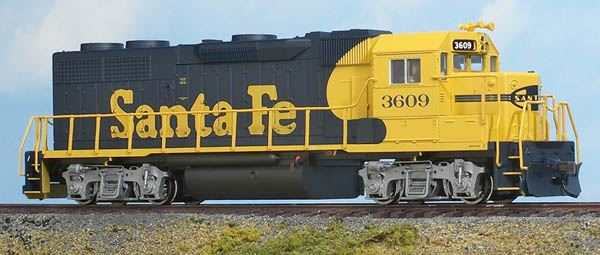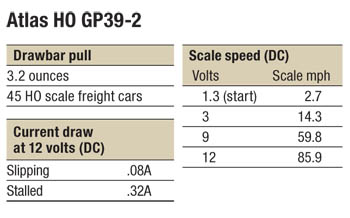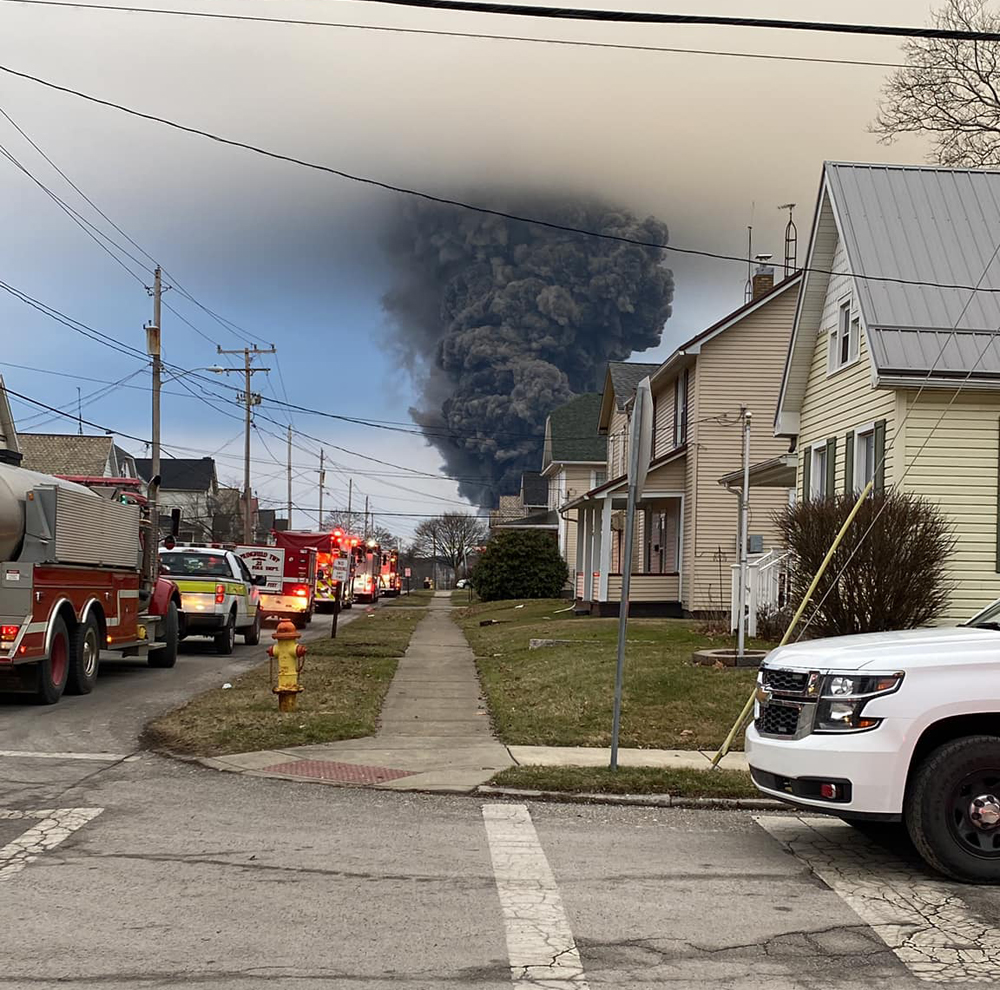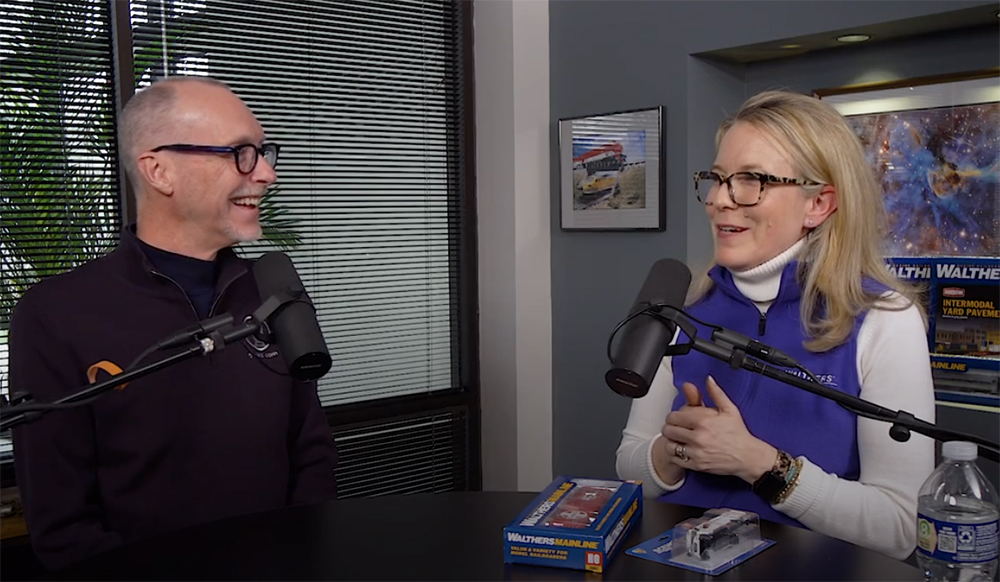Prototype history. When Santa Fe needed a turbocharged four-axle road switcher designed for operations in high altitudes, EMD delivered with the GP39-2. Over the course of the locomotive’s production run (August 1974 through June 1984), 239 units were built. Santa Fe had the largest fleet of the medium-horsepower engines with 106, followed by Burlington Northern (40), Delaware & Hudson (20), Missouri-Kansas-Texas (20), and Reading (20). Kennecott Copper had 32 GP39-2s, but the majority were heavily modified for mine service. Arizona’s Phelps-Dodge had one GP39-2 on its roster.
Though the same in designation, not all GP39-2s were alike. Over the course of the production run, there were three different carbody phases and eight sub phases. The differences are explained in the July/August 2003 issue of Diesel Era.
The Atlas Trainman model is based on the Phase I prototype built between 1974 and 1976. These locomotives were originally owned by ATSF, D&H, Reading, and Kennecott Copper. Many of the engines can be found in service today on BNSF Ry., CSX, and Portland & Western, among other railroads.
Road-name details. Though our sample is decorated for the Santa Fe, it is based on a Reading prototype in terms of detail. Still, the model’s dimensions closely match drawings in the December 1988 issue of Mainline Modeler. Some railroad-specific details were omitted on the Santa Fe model, including the air conditioner and rotary beacon on the cab roof. The antenna mounting stand and Sinclair antenna, which should be next to the inertial filter hatch behind the cab, were also left off.
Other details are incorrect for Santa Fe GP39-2s in the 3600-3616 class. Fox example, the anticlimber should span the full width of the front pilot.
The biggest difference between the model and prototype are the step wells. GP39-2s in this Santa Fe class had recessed step wells that provided better footing for brakemen and kept them safe when riding the locomotive in motion.
Atlas offers the GP39-2 with either 2,600- or 3,600-gallon fuel tanks to match the various prototype paint schemes. Our sample has the former, which is too small. This class of locomotives had 2,900-gallon tanks. Later classes had fuel tanks with 2,500-gallon capacity.
Though the fuel tank isn’t right for ATSF 3609, it has plenty of detail, including separately applied air reservoirs and fuel filler necks. The tank also has molded sight gauges (trimmed in red) and flush-mount gauges.
The locomotive shell consists of the body, removable cab and dynamic brake hatch, and separate battery box covers. The paint is smooth and evenly applied, and the yellow is opaque.
The separation line between the blue and yellow on the warbonnet is also crisp, which is no easy accomplishment on the brakeman’s side. Here the separation line passes through the inertial filter screen, over the blower housing and electrical cabinet air filter box, and onto the battery box door. Well done, Atlas!
There are some voids in the Santa Fe lettering on the hood, particularly around the door hinges and knuckle buster latches and between the doors. These can be easily fixed with yellow paint and a fine brush.
The cab features a detailed interior with two painted crew figures, cab seats, a control stand, and detailed interior wall. The front number boards are seated back too far in the boxes, resulting in a yellow stripe between the gasket and the boards. The rear number boards are painted yellow, and the road number is printed above the rear headlight.
Molded nubs simulate lift rings on top of the hood. Drill-starter dimples for grab irons (not included) are molded on the nose and back of the hood.
The front and rear pilots have molded uncoupling lever brackets, as well as raised detail to indicate where the m.u. hoses and train line should be positioned. A plastic snow plow is attached to the front pilot.
The acetal plastic handrails are crisply molded with well-defined detail. The solid yellow (without white verticals in the step wells) is correct for Santa Fe road switchers in the post-1972 scheme. The step edges are painted yellow, matching prototype practice.
Underneath the shell is a five-pole skew-wound motor with dual flywheels. This is the same basic motor used in the Atlas Master Series locomotives. It’s seated in the middle of the chassis and held in place with two screws, which are concealed under the plastic fuel tank.
The GP39-2 is designed for direct-current operation straight from the box. However, it can be converted to Digital Command Control (DCC) using the eight-pin plug on the printed-circuit (PC) board. The PC board is located above the motor and held in place with two tabs.
The model has correctly gauged blackened nickel-silver wheels mounted on stub axles pressed into plastic gear hubs. Wipers concealed in the sideframes pick up current from all eight wheels. Small retainers hold the wires to the wipers.
The injection-molded plastic Blomberg M (modified) truck sideframes are particularly well executed. They feature a separately applied shock dampener, brake cylinder, and spring hanger. The wire brake pipe further enhances their appearance.
The GP39-2 started moving at 1.3 volts and reached a top speed of 85.9 scale miles per hour, which is close to the 83 mph top speed of one of the gear ratios available on the prototype.
Despite the Santa Fe-specific detail oversights, the Atlas Trainman GP39-2 is still a solid model. With a quality motor and ability to upgrade to DCC, this locomotive will be up to the challenge of working road freights and switching industries.
Price: $99.95 ($94.95 undecorated)
Manufacturer
Atlas
378 Florence Ave.
Hillside, NJ 07205
www.atlastrainman.com
Road names (two road numbers each): Atchison, Topeka & Santa Fe; BNSF Ry. (post-2005 scheme); CSX; Delaware & Hudson (four road numbers, two paint schemes); Portland & Western; Reading; and Union Pacific. Undecorated also available.
Era: 1974-present
Features:
Accumate magnetic knuckle couplers, mounted at correct height
Blackened metal RP-25 wheelsets, in gauge
Die-cast metal underframe
Drill-starter points for grab irons
Five-pole skew-wound motor with dual flywheels
Minimum radius: 18″
Railroad-specific fuel tank
Separately applied plastic handrails
Weight: 14.6 ounces















